Scheduled Castes and Scheduled Tribes
The Scheduled Caste (SC) and the Scheduled Tribes (ST) are among the most disadvantaged socio-economic groups in India, representing 16.2% and 8.2% of the population[1]. These terms are used in the Constitution of India to represent two distinct categories of individuals, with “Dalits” being designated as SCs and “Adivasis” being designated as STs. The Constituent Assembly laid out comprehensive definitions for Scheduled Castes and Scheduled Tribes under Articles 341 and 342 of the Indian Constitution. Clause (1) of Article 341 and Article 342 state that the President may specify the castes and tribes which shall, for the purposes of the Constitution, be deemed to be a part of the Scheduled Caste or Scheduled Tribe in relation to a State or Union Territory. Clause (2) of Articles 341 and 342 state that the Parliament shall also have the power to include or exclude any caste or tribe from the list of Schedule Castes or Scheduled Tribes.
The caste system in India gave rise to a rigid hierarchy which led to the cementing of social and economic inequality[2]. Since a large portion of the Indian population consisted of SCs, STs and other backward classes, lawmakers felt that there was a need for the special protection for these groups, in order to compensate for centuries of systemic oppression[3]. Thus, the Constitution of India directs the state to take steps to promote the social, economic, educational, cultural, and political well-being of SCs, STs and other disadvantaged minority groups within India.[4], [5]The Constitution established the reservation system as a method of doing so. Reservations are constitutional and legal provisions for compensatory discrimination[6]; in other words, through reservations, the government provides opportunities for a certain disadvantaged group (usually by saving seats in legislature, educational institutions and government jobs) in order to compensate for their status within society. The Constitution, in addition to charging the government to reserve seats in educational institutions, government jobs and all other organizations aided or managed by the state, also charges the government at the union and state levels to utilize allocated funds to improve the welfare of SCs and STs.
Specific Protections for SCs and STs
Article 17’s prohibition of untouchability exists as a social safeguard for SCs and STs.[7] Pursuant to the aims of Article 17, Parliament enacted the Protection of Civil Rights Act, 1955 and the Schedule Caste and Schedule Tribes (prevention of atrocities) Act, 1989 to prevent untouchability, which is largely practised against the depressed classes.[8] The Scheduled Castes and Scheduled Tribes (Prevention of Atrocities) Act, 1989 worked to protect SCs and STs by punishing those who committed violent crimes against these communities or denied them their constitutional rights[9]. This Act also lays out a comprehensive framework for protecting and rehabilitating the victims of such crimes, including the creation of administrative agencies such as vigilance and monitoring committees and the designation of special courts and special prosecutors for these crimes.[10]
Article 46 exists as an economic and educational safeguard[11], directing the state to protect the economic and educational interests of SCs and STs and protect them from exploitation. Article 15(4) is an educational safeguard which empowers the state to make special provisions for the advancement of SCs and STs, including through the reservation of seats in educational institutions. Articles 243D and 243T call for the reservation of seats at the Panchayat and Municipal levels, respectively. The number of seats reserved are to be proportionate to the population of SCs or STs in that area, out of which no less than 1/3rd of the seats must be reserved for women belonging to the depressed classes. Article 332 calls for reservation of seats in the legislative assembly. Again, the number of seats reserved must be based on the population of SCs and STs in that area. Article 16(4) empowers the state to reserve public service posts for SCs and STs. Article 335 states that the claims of SCs and STs must be taken into consideration while making appointments to public service posts.
The advocates of reservation policies claim that they are violated, and their implementation delayed[12]. The Supreme Court observed, in State of Kerala v. Appu Balu[13], that more than 75% of the cases registered under the Schedule Caste and Schedule Tribes (prevention of atrocities) Act, 1989, ended in acquittals. Thus, while nominal safeguards exist to uplift SC and ST communities, in practice, they do not appear to be working. It is essential to focus on the implementation of the constitutional safeguards afforded to SCs and STs, so that these communities may achieve the measure of equality that the writers of the Indian Constitution intended.
[1] 2019 Census report on SCs and STs in India; <http://censusindia.gov.in/Tables_Published/A-Series/A-Series_links/t_00_005.aspx>, accessed on 24th December, 2019
[2] J Laxmi Narasimha Rao, “Affirmative Action in India: Emerging Contours”, Indian Journal of Political Science, Vol. 69, No.3, Jul-Sep 2008
[3] Ibid
[4] K.C Suri, “Caste Reservations in India: Policy and Politics”, Indian Journal of Political Science, Vol. 55, No.1, Jan-March 1994
[5] Chapter 5, “Constitutional and Legal Safeguards for protection of Dalits/Scheduled Castes”, Shodhganga Inflibnet, <https://shodhganga.inflibnet.ac.in/bitstream/10603/105653/8/08_chapter%205.pdf>
[6] K.C. Suri, Supra note 4
[7] Shodhganga, supra note 5
[8] Shodhganga, supra note 5
[9] NHRC Report by KB Saxena, <https://web.archive.org/web/20070508052156/http://nhrc.nic.in/Publications/reportKBSaxena.pdf>, accessed
[10] Vijay M Gawas, “Analysis of the Law against prevention of atrocities against Schedule Caste and Schedule Tribes” (2008) SRJHSEL <http://oaji.net/articles/2017/1201-1540375601.pdf> accessed 24th December, 2019
[11] Shodhganga, supra note 5
[12] K.C. Suri, Supra note 4
[13] AIR 1993 SC 1126
